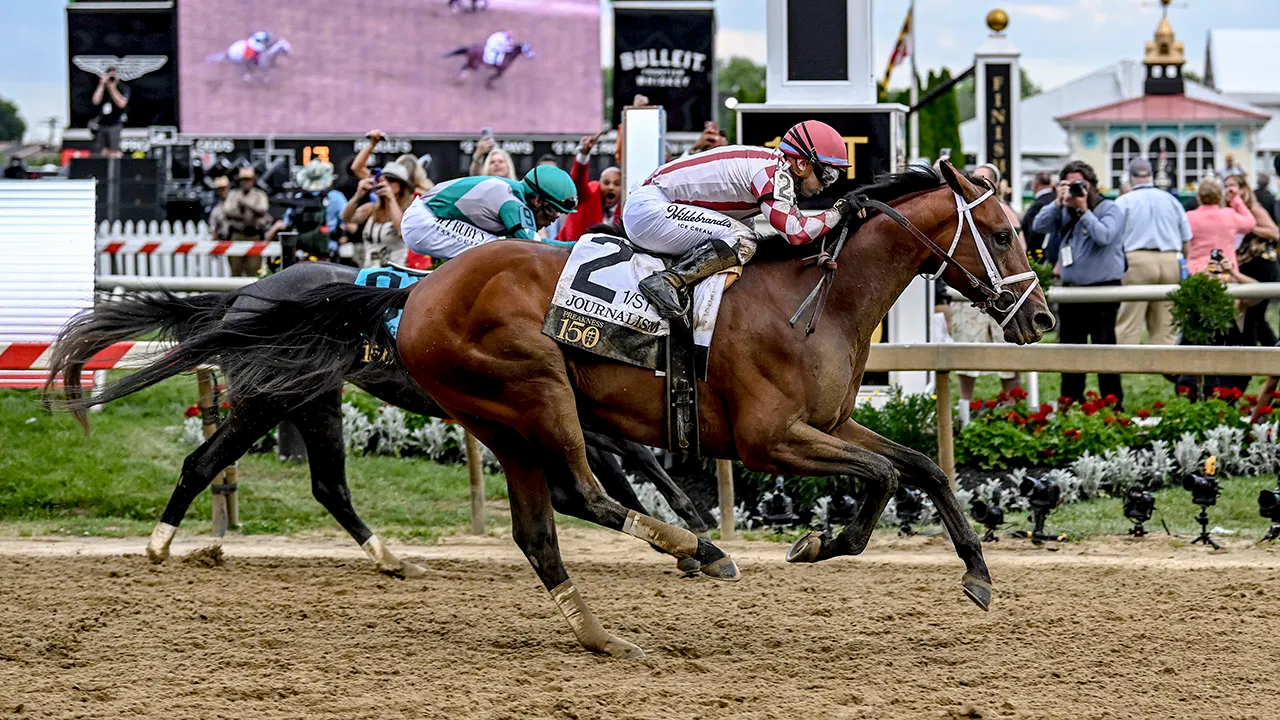Next time you open a bottle of wine, remember to hold onto the cork—it can be a fun, easy DIY project for your garden. These small objects can be upcycled into seed markers, broken down into compost materials, or arranged into a barrier.
However, before you start, ensure that you're only using wine corks that are made from completely natural cork. Synthetic ones can contain plastic compounds and break down into microplastics, which aren't great for a garden.
Here, we chatted with experts about all of the inventive ways that you can use natural wine corks in the garden.
Natural cork can be used in compost, and is organic and biodegradable. This makes it an excellent slow-release carbon source, says Lauren Click, the founder and executive director of Let’s Go Compost.
“Carbon boosts aeration and balances nitrogen-heavy food scraps,” she says. Once you've determined that the wine cork you want to use is made of all-natural materials, simply chop it up into small pieces to speed up the breakdown process. “Add it to the compost as a ‘brown,’ or carbon-rich material. Next, mix with greens.”
Wine corks are naturally antimicrobial and resistant to mold; they also hold water efficiently. So crushed corks are an excellent organic mulch material.
Meredith Bell, a regenerative farmer and winemaker at Est Wines, advises collecting 50 to 100 natural corks, then soaking them overnight in water to soften them. Then, to turn the corks into mulch, break them into small pieces to speed decomposition.
“You can chop the corks with pruning shears or run them through a food processor on pulse,” she says. Finally, apply a 1 to 2-inch layer of the material specifically around the plants, keeping it at least 2 inches away from stems. “Water thoroughly after application to help settle the cork pieces.”
Wine corks can provide seeds with protection while also gradually breaking down and feeding the soil. Unlike plastic seed trays that create waste, says Bell, these biodegradable starters actually contribute to the soil. “I’ve found that roots particularly love growing through cork’s structure, developing stronger branching patterns that support more vigorous plants once transplanted," she says.
To make the seed pods, hollow out one end of each cork using a small knife. Then, fill each cavity with seed starting mix, leaving 1/4 inch of space at the top. Plant one to two small seeds in each cork, following proper depth guidelines for each seed type.
Finally, place the seed pods in a sunny window and keep the soil moist. “When seedlings develop true leaves and roots begin emerging from the bottom, plant the entire cork directly into garden soil," Bell adds.
Wine corks can also function as plant or seed markers. Simply write the plant names on the flat end of a natural cork with a food-grade safe marker. “Don't use paint, as it can flake into your garden and is toxic to humans, plants, and animals—especially pollinators like bees and butterflies,” says Click.
Next, insert a bamboo skewer or stick into the side of the cork. “Many thrift shops sell metal BBQ sticks that can be reused as well," she says. Push the stick into the ground near each plant.
Natural cork is lightweight, water-resistant, and won’t rot quickly, making it a great material for a raised bed or pathway edging. “The corks create a soft visual barrier that holds bed shape and keeps mulch or soil contained," says Click.
As always, avoid using synthetic corks, as rainwater will leach microplastics directly into the surrounding bed. To complete the project, stack natural corks into vertical bundles using garden wire. “Do not use glue, as many kinds can be toxic if they leak into the soil,” she says. Next, press the corks into the soil.
Like all animals, butterflies and bees need to drink water, but because of their size, they can easily drown in open water sources.
“Floating corks in water features give bees and other pollinators safe drinking spots,” says Bell. “The cork’s buoyancy helps them secure footing.” To make the pollinator landing pads, be sure to clean corks thoroughly to remove any residue. Then, simply place the corks in a shallow dish, birdbath, or pond edge.
“Arrange some corks so they float freely and others so they’re partially submerged," she says. Bell also likes to include an occasional pinch of sea salt to provide trace minerals for bees.










